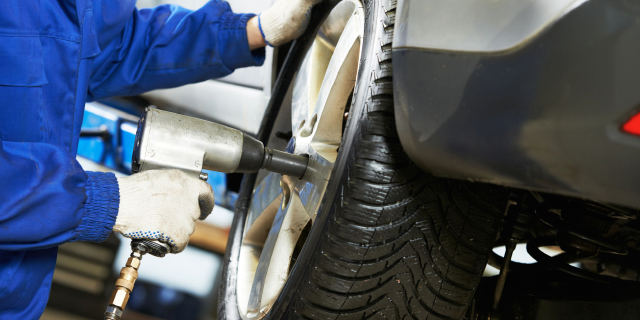Every car over three years old must pass a yearly MOT test in order to be driven legally on UK roads.
In this article we’ll tell you about the pre-checks that you can make before the test to help you pass and what to do if your car does unfortunately fail its MOT.
Alternatively, you can watch the below video to find out all you need to know.
The costs
The maximum test fee is £54.85 but as test centres are in competition with each other they often charge less than that, so it’s not hard to find a cheaper MOT with a little bit of digging.
More often than not, a car will fail its MOT because of simple maintenance issues that could have been spotted and fixed with a few simple checks.
Pre-MOT Checklist
• Check all exterior lights are working and replace any bulbs if necessary
• Check tyres for any damage and make sure tread depth is more than 1.6mm
• Top up the screen wash and replace windscreen wiper blades if they’re damaged, worn or dirty
• The driver’s view can’t be inhibited so check the windscreen for any cracks or chips
• Check the horn sounds (if not, it will need replacing)
• Number plates should be clean and easy to read
• Check you can adjust the driver’s seat position
• All seatbelts must be in good working order
• Look at the dashboard – can you read the warning lights and speedometer?
• Rear view and wing mirrors must be intact
• Check the engine oil level, power steering fluid and brake fluid reservoirs
• Make sure the doors all open and close freely
• The car exterior and interior must be in good condition (e.g. no sharp edges exposed on the body and seats must be securely fixed)

Of course, it’s not possible to check everything yourself and there are some things that only a qualified mechanic would be able to recognise and fix, such as faults with the suspension, exhaust or emissions, electrical wiring, brakes, etc.
Mechanical checks may be difficult to do yourself at home but if you keep an eye on the condition of your car and pay attention to the warning lights, you’ll have enough time to shop around for the best repair prices and get any problems sorted before the MOT.
If you can afford to, get your service done at the same time as your MOT. The garage will pick up on and fix any faults during the service, so you’re almost guaranteed to pass the MOT and won’t have to pay for a retest.
An extra tip is to clean your car before taking it to the test centre. If it’s too dirty, they can refuse to carry out the test and the same goes if there’s not enough fuel in the tank.
What happens if your car fails its MOT?
Despite whatever checks you do beforehand, there are no guarantees of passing and if your car does have a genuine fault then it’s important it gets picked up during the test.
If your car does not pass its MOT, the garage will give you a VT30 certificate detailing what caused it to fail.
You’ll then have two options – you can either leave the car with the test centre to carry out the repairs, or you can take it away to be fixed.
If you leave it with the test centre, as long as they carry out the repairs within 10 working days then you can have a partial retest for free, where only the elements that failed first time around are tested again.
You can only take your car away to be repaired and retested elsewhere if your previous MOT certificate is still valid and if your car is still deemed safe to drive.

What happens when your car passes the MOT?
Once your car has passed, the test centre will issue you with a new MOT certificate that will last 12 months from the previous date of expiry, as long as the test was carried out no more than a month in advance.
If you take an MOT test before this time, your new certificate will be valid for 12 months from the date of the test.
Even if you pass, the test centre can identify other potential issues and may include an ‘advisory notice’ on the MOT certificate.
These advisory notices happen when the problems picked up on aren’t serious enough yet for your car to fail but may become worse over time, e.g. if your oil level is close to dipping under the recommended amount.
Once you’ve got your certificate, the results of the MOT test will be logged on a central government database and you’ll be free to drive off.
Not sure when your MOT is due?
If you don’t know when your MOT is due, take a look at our handy guide to help you remember. You can find more useful tips, resources and guides here.








